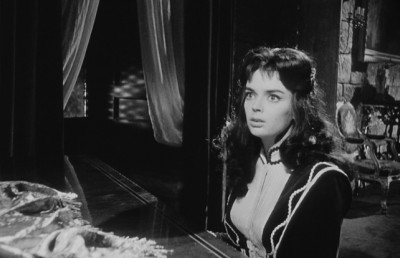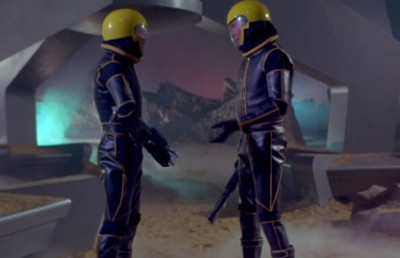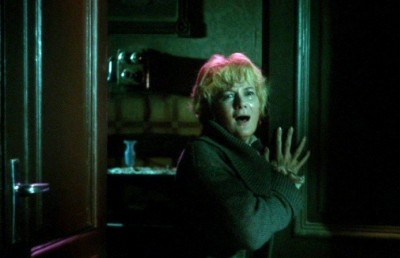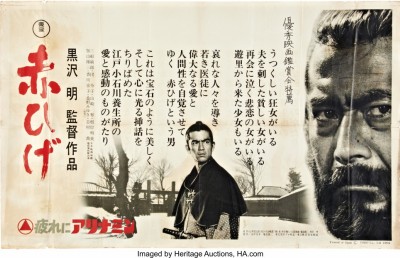Forty years without Bava: myths and discoveries by Alberto Pezzotta
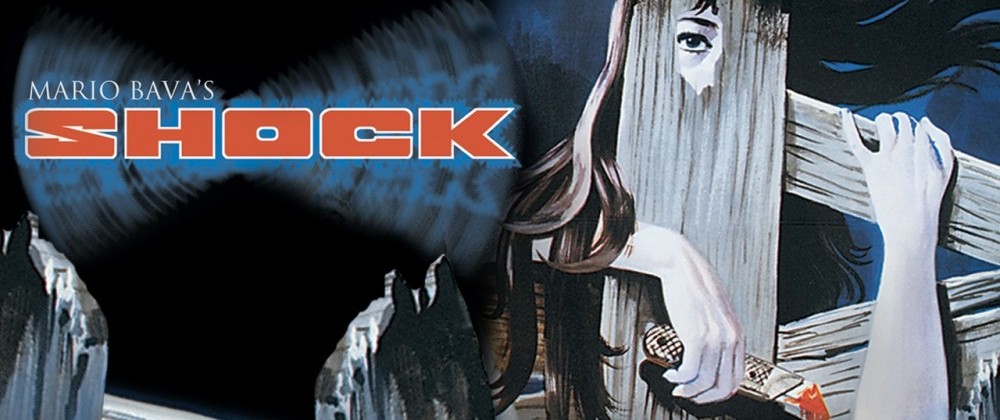
In 1985 I was pleasantly surprised to discover that the BFI library in London retained a small folder on Mario Bava, which collected most of the essays on him published so far in French and English language. Four years earlier I had seen my first Bava film, Ecologia del delitto, in a posthumous retrospective at the Cineteca Italiana in Milan: it was the first version, with the punchline “Così imparano a fare i cattivi!” (“That will teach them to be bad!”) which I’ve never seen on DVD afterwards; I remember an audience of high-school snobbish jerks who didn’t know how to react to such a film. In Italy there had already been interesting things written on Bava: Teo Mora’s pioneering Storia del cinema dell’orrore, first published in 1977, often mentioned him in terms which are still useful nowadays; but for a young cinephile it was reassuring to discover that one of his favorite directors had some reputation abroad. However, in the Spring of 1995, when I wrote the first edition of my monograph on Mario Bava, published by the Milan-based “Il Castoro,” there were only two other books on him, both in French: Mario Bava by Pascal Martinet (Paris, Edilig, 1984) and a collection of essays of the same title edited by Jean-Louis Léutrat (Liège, Editions du Céfal, 1994).
Despite such scarce bibliography, in 1995 Bava had already become a director worshiped by film buffs across the world, and dear to such colleagues as Martin Scorsese (who a couple of years later would pay homage to 6 donne per l’assassino in Kundun), Joe Dante and Tim Burton. Sure, he had not yet been welcomed into the academic world; and, at least in Italy, the majority of traditional critics still ignored him. A celebrated, poetic and bloody scene (the same later quoted by Scorsese) of a Bava film was included at the beginning of Pedro Almódovar’s Matador (1986)—and nine Italian critics out of ten had no idea what it was. As for Quentin Tarantino, at that time he was probably still renting videotapes in some corner of L.A.
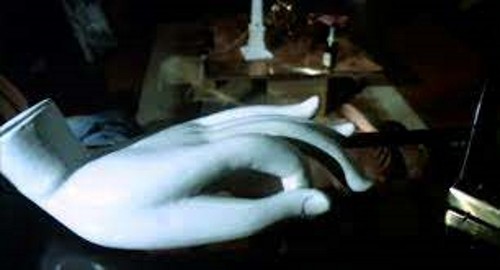
The hand of the maestro (Shock)
In 1995 my intent, admittedly a bit naive, was to show to the world—or at least to the Italian establishment—that Bava was a great filmmaker. Cani arrabbiati had yet to emerge from limbo, and its viewing at Milan’s MIFED that same autumn prompted a second edition of my book in 1998: I still remember watching the VHS on a TV screen in Lea Lander’s stand with Manlio Gomarasca and Davide Pulici, the founders of “Nocturno” magazine; and I remember Lander’s assistant attempting to fast forward the tape, and us three protesting: “Stop! Let us watch the movie!”
In 2013, when the third edition of my book came out, many things had changed. By then, the cult of Mario Bava had almost become a massive one, thanks also to the blessing of Tarantino—who in the meantime had become the Pope of Italian “B” cinema—and the widespread diffusion of previously little-seen titles through their home-video release. In 2013 there was no need to prove that Bava was a great filmmaker. On the contrary, one had the temptation to tell the Finnish or Texan kids who had just discovered him, “Stop! You’d better watch the films of Antonio Pietrangeli and Alberto Lattuada, Luciano Salce and Luigi Zampa, Francesco Rosi and Damiano Damiani, who had a much stronger impact on the history of Italian cinema and society!” Meanwhile the academic world started to stretch its claws toward Bava and the Italian Gothic: in the era of cultural and gender studies, it was a new ground on which to plant flags. Often without real love, though, and sometimes without in-depth knowledge nor philological research.
But the most important thing is another one. Once the cinephile intoxication was over, many things have been discovered and many myths have fallen, even though some are still persistent. Let us review them.
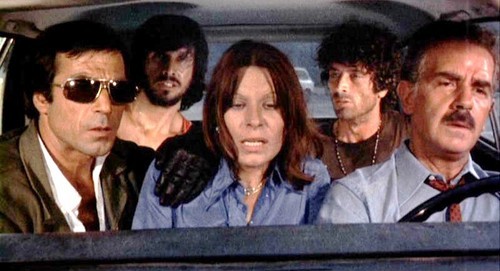
Cani Arrabbiati
1) Bava used to shoot in a hurry and on a shoestring and his films made lots of money: he was a savior of Italian cinema).
False. Bava’s body of work, within the history of Italian cinema, is a minoritarian episode. Sad to say, but it’s so. Analyzing the production papers retained in Rome’s State Archives, it turned out that Bava’s films were not all that profitable, and not even as small-scale as the director himself loved to claim. La maschera del demonio was shot in six weeks. They were not so few for a genre film. Mario Monicelli, a director who made medium-to-big productions, used to shoot his films in eight weeks, whereas Riccardo Freda boasted he could wrap one up in two weeks, even if that was not entirely true. To shoot a long take properly, Bava took his time. La maschera del demonio did little box-office in Italy and recovered the costs only with foreign sales. Some years later, Dino De Laurentiis wasn’t very pleased with Diabolik … Bava would rather work with shabby producers who would not interfere and would break even at best.
2) Bava was a craftsman.
That depends on what we mean by this term. Bava started as a director of photography and was a bricoleur who could make a monster with veal tripe, as in Caltiki, signed by Freda in 1959; incidentally, in 1966 Ugo Pirro, who later co-scripted some of Elio Petri’s most famous films, wrote an essay 1 in which the monster in Caltiki was seen as the symbol of Italian cinema’s ineptitude. Bava loved to present himself as a craftsman and spoke about his “half-assed wizardry geniaccio alla cazzo di cane” which could challenge and beat Hollywood “superproductions” 2 . But he was not naïve, nor a goody-goody. He was not an intellectual and spoke in the Roman dialect, but was very cultured indeed.
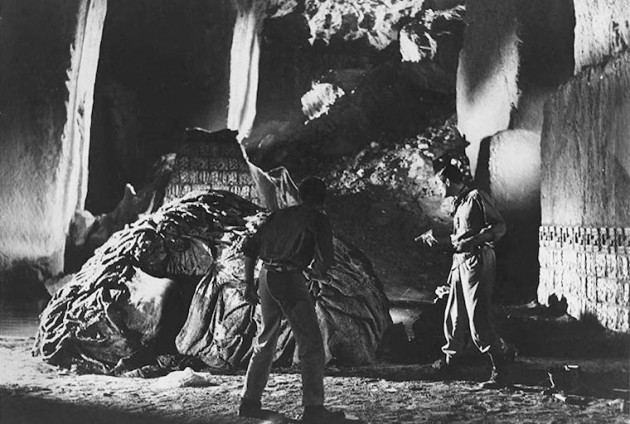
Caltiki
3) Bava has always been underestimated by Italian critics.
This point needs to be specified. French critics—from the “Cahiers du cinéma” to “Positif”—immediately hailed Bava, but they often forgot about him later. In Italy newspaper and magazine reviewers usually ignored him. But some unorthodox intellectuals held him in high esteem since the early 1960s: Vittorio Spinazzola, a communist who, having studied Gramsci seriously, didn’t have any prejudice and could appreciate sword-and-sandal and Leone and Tessari flicks; Piero Zanotto, one of the first who popularized comic books in Italy; and Bernardino Zapponi, a small-town intellectual who came to Rome to work in the film industry as a scriptwriter, a Sade scholar who in 1966 planned to dedicate a whole issue of his magazine “Il Delatore” (which unfortunately ceased publications shortly afterward) to Bava. It was Zapponi, incidentally, who inserted Operazione paura’s diabolical child in Fellini’s Toby Dammit. Reviewing Diabolik, Giovanni Grazzini—the critic of Italy’s most important newspaper, the “Corriere della sera”—wrote: “Snobbish intellectuals will like it.” It was January 27, 1968! One wonders whether Grazzini was aware of Susan Sontag’s essay Notes on Camp, translated into Italian in 1967.
4) Bava de facto directed dozens of films, uncredited.
Almost always false. Tim Lucas, in his monumental volume Mario Bava: All the Colors of the Dark 3 spread some of these attributions, sometimes based on an actor’s vague recollections, sometimes on visual and chromatic analogies. The photography of Mario Camerini’s Ulisse (1954) looks like Bava? Then it is by Bava, even though his name is nowhere to be found in the credits or in any official paper! But the use of various colored jellies in the same shot dates earlier (see the ending of Hitchcock’s Rope, 1948), and Bava wasn’t the only one who did it—shall we speak about Massimo Dallamano? Bava left a private note with his own filmography (as director and D.O.P.) later published in Genealogia del delitto. Guida al cinema di Mario e Lamberto Bava 4 . In it, for instance, he admits to have directed Ringo del Nebraska, chasing away any doubt on that film’s paternity. Had he worked on such an important film as Ulisse, why not mention it? Unfortunately such fanciful attributions end up on Wikipedia and imdb.com, and young scholars who know little about philology take them for granted … In the early Internet era, I came across American researchers who were convinced that Pier Ludovico Pavoni, the director of photography of Giorgio Ferroni’s Il mulino delle donne di pietra (1960), was a Bava pseudonym (and I had to tell them, “Look, Pavoni is a real person, I just talked to him on the phone…”); and that Antonio Rinaldi did not exist … Sure, the latter—whom I managed to interview before he died—was a humble chief electrician whom Bava promoted to D.O.P., and very likely just an operator.
In short, in the new millennium it was necessary to put juvenile enthusiasm aside and explain, in a more lucid manner and more as film historians than as critics, the peculiarities of Bava’s cinema. Why is Bava different from the other genre directors of the era? (Nowadays I can no longer watch a Mastrocinque or a Margheriti film, but I can still enjoy Bava’s. Why?) What was the cultural and industrial context in which these movies were produced? Bava’s works (or at least the best ones) are marvelous and unique objects, whether they be in black-and-white or color; aestheticizing, mannerist, crafted with virtuosity, with prodigious tracking shots and chromatic experimentations. But such a great, unrequested elaboration was in contrast with the format and rules of genre cinema. On the one hand, it was the way in which Bava transfigured and compensated the banality of certain scripts; on the other, it was his way of sabotaging them. When in 2006 I interviewed Hong Kong filmmaker Patrick Tam, I complimented him on the stylistic solutions in My Heart Is That Eternal Rose (1989). He replied, coldly: “It was such a banal script that I had to commit to something else so as to get myself interested in my job.” In that moment I understood something about formalism. Mario Bava could have replied the same way. La frusta e il corpo (1963) is one of those films where it is obvious that Bava couldn’t care less about the plot and its laughable twists; but it’s so beautiful to follow the camerawork, and see shadows and colors flow over Daliah Lavi and Christopher Lee’s faces…
Bava was a specialist in self-loathing. One of his rare interviews (the one previously mentioned in “L’Espresso”, dating 1979) started in a shocking way: “I’m sure I made only lots of crap stronzate… As for aesthetics, when I watch one of my films I throw up.” Actually, however, he was fond of some—few—of his films. But one had the impression he had managed to make only a few of the projects he cared the most about. Bava was a saturnine, melancholic, self-destructive artist, in some ways unfulfilled, and ambiguously bound to a marginal cinema which granted him freedom but not full satisfaction. A mannerist, a formalist. Not a classicist, not a modernist, not yet a postmodernist. Rather than cinema, he loved images. In a sense, he was the genre cinema counterpart of writer Tommaso Landolfi: two artists who are now universally praised, but often for the wrong reasons. Both were formalists who cultivated self-destruction and self-derision, and who sabotaged their own careers (Landolfi, who could work for the rich and prestigious Einaudi, stayed with a small publisher, Vallecchi; Bava used to work with the more unlikely and unreliable producers). Bava and Landolfi, both born under the sign of Leo.
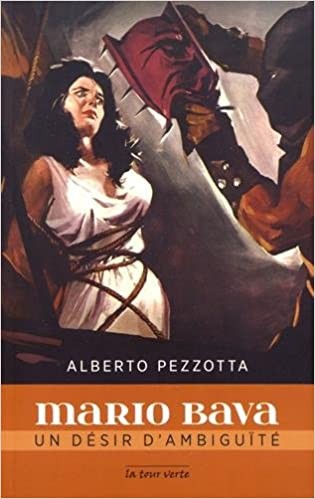
Meanwhile, the work of updating is seemingly never ending. The fourth edition of my book, which came out in France in 2018 as Mario Bava. Un désir d’ambiguitè, published by La Tour Verte (with a filmography section considerably expanded by translator Edgard Baltzer) is the result. But almost every year there is a new discovery.
In the early 2010s Alessio Di Rocco located the outline for the sci-fi comedy Il vagabondo dello spazio at the State Archives 5 : it is a delight, full of Fellini-esque and apocalyptic imagery which are not in the source novel, Philip José Farmer’s Venus on the Half-Shell.
In 2016 the Milan-based SEM published a treatment titled L’Olimpo, which dates back from the early 1980s and was hastily attributed by the editors, Rosita Copioli and Gérald Morin (who thought they had made the scoop of the century) to Federico Fellini. Even a superficial reading shows that Fellini was not the material author of the text, which reworks Greek myths often in a porn-sadistic key. He simply commissioned it to someone else. Who? Many names have been named. Brunello Rondi, Bernardino Zapponi, Luca Canali, Mino Guerrini. But no one noticed the analogies between the treatment with the (admittedly less risqué) outline for Pornogiove, an unmade project which Bava wrote in 1973 and was published in “Nocturno” in 2008 6 . The basic idea (sexual freedom in a pre-Christian world) and some episodes (the marital disputes between Jupiter and Juno) are identical. This would be the second time that Bava—directly or not—meets Fellini.
In 2020 “Nocturno” published previously unknown material on Anomalia, the Dardano Sacchetti-penned sci-fi script which Bava was to make once again for Fulvio Lucisano, this time as a co-production with Roger Corman’s New World Pictures 7 .
A few months ago, Stefania Zuffa argued on her Facebook wall that the Mexican thriller El hombre sin rostro (1950, Juan Bustillo Oro) features a serial killer who looks like the one in 6 donne per l’assassino. But there’s much more. Already known as a variation on Hitchcock’s Spellbound (1945) and, according to Phil Hardy, as a forerunner of Psycho (1960)¬—even though a more plausible connection might be with Luis Buñuel’s Él (1953) and Ensayo de un crimen (1955) —Bustillo Oro’s film looks like a catalog of Bava imagery: nightmarish landscapes with twisted trees, hypnotic spiral staircases, shadows passing over characters’ faces 8 . All things that any Bava fan immediately associates with several of his films. Since _El hombre sin rostro was presented at the Venice Film Festival in 1950 and was released theatrically in Italy in 1951 as L’uomo senza volto, it is entirely plausible that Bava saw it. Why did he never mention it? Self-forgetfulness? Decency in exhibiting his own inspirations, as any other director before the advent of postmodernism? In 2003 Tarantino boasted of having paid homage to Toshiya Fujita’s Lady Snowblood (1973) in Kill Bill: Volume 1. Bava couldn’t do the same with this little-known Mexican film. In the end, what does this all lead us to? Did Bava—who had been “copied” by Argento (as Sergio Corbucci, who had co-scripted La ragazza che sapeva troppo, claimed when L’uccello dalla piume di cristallo came out)—copy in turn from someone else? No. It is simply one more sneer from a director who keeps us guessing even forty years after his death. And it shows that the beauty of cinema lies also in tracking down genealogies, influences, memories of metabolized and forgotten images, which keep reemerging over and over, in increasingly seductive forms.
Notes
- Da Caltiki a Per un pugno di dollari, “Ulisse” #56, 1965 ↩
- Dante Matelli, “Il cinema ordinò: chiamatemi romano!”, “L’Espresso,” 13 maggio 1979 ↩
- Cincinnati, Video Watchdog, 2007. ↩
- Nocturno Dossier” #24, 2004 ↩
- Cfr Roberto Curti and Alessio Di Rocco, Mario the Wanderer: An Overview of Mario Bava’s Last,Unmade Projects, in Troy Howarth, The Haunted World of Mario Bava – Revised and Expanded Edition, Baltimore MD, Midnight Marquee Press, 2014. ↩
- Misteri d’Italia 3, “Nocturno Dossier” #70, 2008 ↩
- Robert Freese, Anomalia_, “Nocturno” #209, 2020 ↩
- Alberto Pezzotta, Chi è Juan Bustillo Oro e cosa c’entra con Mario Bava? _, “Film TV”, 26, 30 June 2020 ↩


